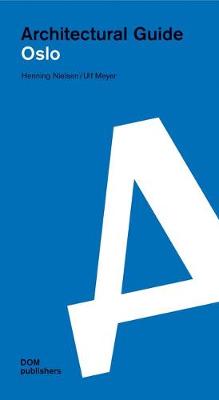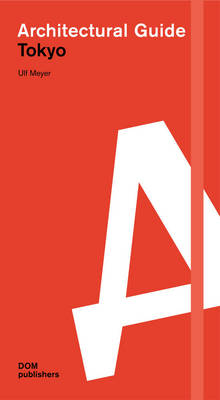Architectural Guide
3 total works
Aarhus, Denmark's second largest town will be the European Capital of Culture in 2017 for a good reason: for decades "the world's smallest big city" has hosted one of the largest cultural events in Scandinavia, the festival week at the end of each summer. Aarhus attracts a growing population with its combination of urbanity, proximity to nature and educational institutions, which are amongst the country's fi nest, including an architectural school that has produced many of the talents nowadays, promoting Danish architecture worldwide.
- 6 essays on the city's history and development
- 120 contemporary buildings and architectural highlights, starting from the early twentieth century
- Major projects in the planning
- Grouping by location, including maps
Surrounded by forests and a fjord, Oslo fa-cilitates a unique combination of urban life and immersion in nature. For a long time, the harbour areas were cut off from the rest of the city by a motorway. But these formerly isolated areas were recent-ly rediscovered, which has led to an ex-tensive transformation of the Norwegian capital. An increasing number of new ar-chitectural landmarks and important cultural buildings have appeared in the city's industrial and harbour areas, which also offer much needed space for residen-tial and office buildings. Today Oslo is an appealing destination for young archi-tects as well as design and architecture enthusiasts. The authors of this guide present over 150 important buildings in Scandinavia's smallest capital, sorted ge-ographically into seven chapters.
The exotic architecture of Japan's capital city fascinates architecture aficionados around the world. This new Tokyo architectural guide is an indispensable companion for anyone seeking to explore the architecture of one of the world's largest and most complex cities. Two hundred of Tokyo's most interesting buildings from the post-1945 era are introduced in pictures and informative texts. Photographs, plans, and several indices complete this practical and user-friendly guide, with maps making the buildings easy to locate. Included is a foreword by one of the most knowledgeable authorities on Japanese architecture, Professor Botond Bognar who discusses many of the buildings in the book in the context of East Asian architecture.


